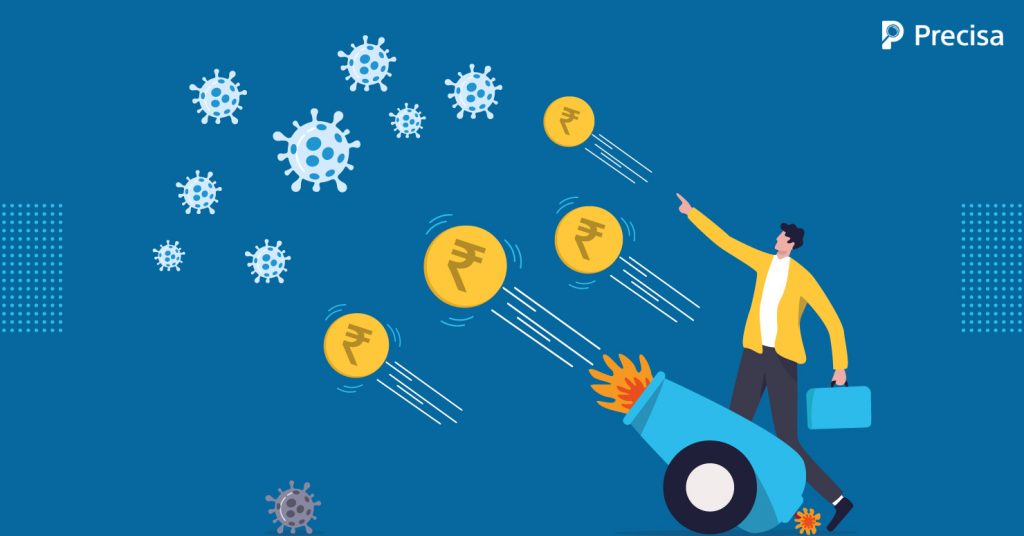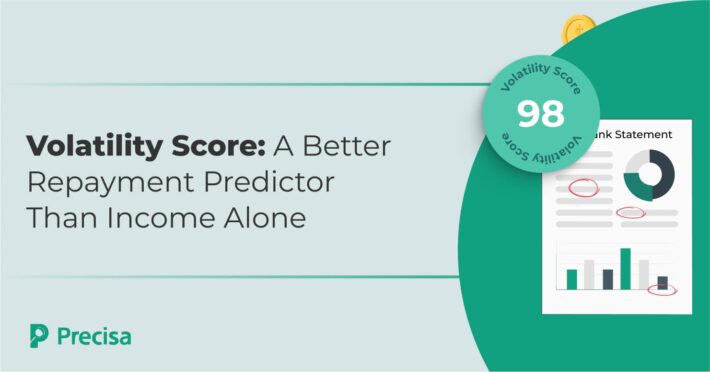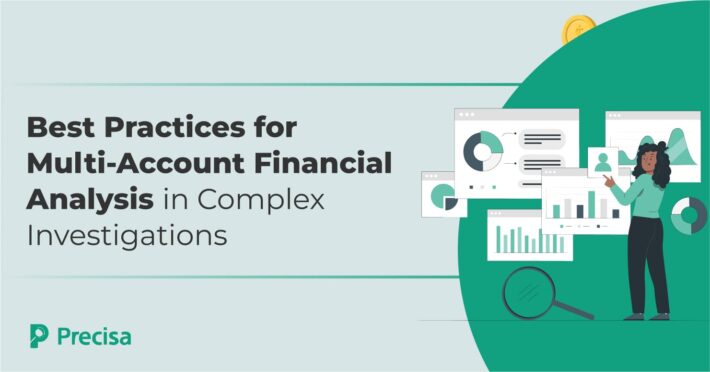Things to Know About GoI’s Stimulus Package and How It’s Impacting Lending

In the wake of the second wave of the COVID outbreak, the Indian economy has been heavily impacted. Millions are jobless, businesses are bearing the brunt, and consumers are shying away from heavy expenditures, to name a few implications.
Therefore, to reinvigorate the economy and prevent the downturn, the Government of India (GoI) has introduced a much-needed stimulus package unveiled on June 28, 2021.
Much of the stimulus package – amounting to 6.3 trillion rupees ($84.9 billion) is aimed at boosting the COVID-struck economy – and is focused on extending credit to the weaker sections of society.
For instance, the government will now mandate guarantees to banks for loans to new or existing NBFC-MFIs or MFIs to accelerate lending activities and boost finances for cash-stricken businesses. GoI will also cap the interest rate on such loans at lower-than-market rates along with a guarantee period.
Though most of the announcements are an extension of the past packages, it’s a welcome relief to sectors massively impacted by the second wave COVID.
The question, however, remains, will it be enough to solve the woes of the common people?
Will the Package Pave Way for Financial Inclusion and Eased Credit Access?
According to data released by the National Statistical Office, Ministry of Statistics and Program Implementation (MOSPI), India’s national GDP registered a four per cent growth in 2019-20 (FY20). But it is estimated to have declined by 7.7% in FY21 due to contraction in private consumption by 9.5% owing to the loss in incomes, movement restrictions and supply limitations.
The primary strategy underpinning the stimulus relief measures is liquidity injection into the economy through new investments and government-backed loans to boost small businesses and aid private consumption.
Finance Minister Nirmala Sitharaman announced a slew of support measures in the July package, including granting $35 billion in loan guarantees to aid small businesses and industries hit hard by the pandemic.
But when it comes to lending, how effective is the stimulus? Will it bolster the growing demand for lending amid a pandemic, or will it fall short of cushioning the same? The answers remain: yet to be seen.
Key Takeaways of the Government Stimulus Package 2021
Here’s what is included in the stimulus package concerning lending:
1. Extension of the ECLGS Scheme
The government has provided Rs 1.5 lakh crore for the Emergency Credit Line Guarantee Scheme (ECLGS). The earlier scheme — which had disbursed Rs. 2.69 trillion — has been extended to cover the health sector, and microfinance institutions or MFIs have also been included. Hence it adds up to an additional Rs.2.675 trillion.
The interest rates have also been slashed lower than the market rate and could range between 7.5% to 8.25% for a three-year term. Guarantees could be for 75% of the amount. This measure is aimed to be an effective fiscal tool wherein the government has taken the onus of contingent liability.
2. Credit Guarantee Scheme to facilitate loans to 25 lakh persons through Micro Finance Institutions (MFIs)
The government has rolled out more loan guarantees to improve the flow of credit to the vulnerable and essential sectors through MFIs. The inclusion of MFIs has given rise to better coverage. It extends credit to adversely affected businesses and individuals who can best use this scheme to overcome their financial hardships.
Guarantees will be provided to Scheduled Commercial Banks (SCBs) for loans to new or existing NBFC-MFIs or MFIs for assisting lending up to Rs 1.25 lakh to approximately 25 lakh small borrowers. With a maximum loan tenure of 3 years, 80% of assistance can be used by MFIs for incremental lending.
Interest rates are proposed to be lower by at least 2% below the maximum rates mandated by the RBI. This scheme is aimed at new lending and all borrowers will be eligible – including defaulters up to 89 days late.
The guarantee will be offered up to 75% of the default amount for up to 3 years through the National Credit Guarantee Trustee Company (NCGTC) with no additional guarantee fee. The guarantee cover will be extended to March 31, 2022, or until the guarantees reach a maximum threshold of Rs. 7,500 crore, whichever is earlier.
3. Rs 1.1 lakh crore loan guarantee scheme for COVID affected sectors
Sitharaman stated that the government would increase lending to firms in industries such as health care, tourism, and others by a blanket of 1.1 trillion rupees ($14.8 billion). This measure has been primarily targeted to upscale the health sector with Rs. 50,000 crore guarantee cover to health/medical infrastructure in cities other than metropolitan areas.
The scheme has accounted for aspirational districts with a guaranteed 75%, and interest rates slashed around 7.95% for other sectors Rs. 60,000 crore has been allocated with interest capped at 8.25% p.a, and if needed, decisions will be taken later based on evolving requirements.
Thus, the loans available under this scheme will be cheaper than standard interest rates without guarantees as high as 10 to 11%.
4. Special Financial Support for the Tourism Sector
The tourism industry, which has been the worst affected by the Covid-19 outbreak, can get a fresh lease of life with this special support. Under the loan guarantee scheme for Covid affected sectors, personal loans or working capital loans will be provided to the tourism segment to discharge liabilities and resume business.
The scheme will extend its support to 10,700 Regional Level Tourist Guides recognised by the Ministry of Tourism and Tourist Guides recognised by the State Governments, and about 1,000 Travel and Tourism Stakeholders (TTS) recognised by the Ministry of Tourism.
Travel and tourism stakeholders will be eligible to borrow Rs.10 lakh each, and tourist guides can borrow up to Rs. 1 lakh each with no processing fee, waiver of foreclosure or prepayment charges, and no additional collateral requirement.
Besides the above, other schemes are aimed to revive the agriculture sector, healthcare preparedness to face the impending Covid-19 third wave, the creation of new employment, and digital outreach to villages.
Will it Make or Fail to Make?
Overall, most of the government stimulus package for 2021 will set the stage for expansive lending through reduced interest rates and credit guarantee loans. As a result, this will have a direct impact to strengthen the sectors that have been affected the most.
However, experts doubt that it will have a significant impact on short-term growth. These actions, which amount to around 2.8 percent of GDP, are estimated to have a minor influence on the country’s fiscal deficit target.
Economists have pointed out that most of the assistance is in the form of loan guarantees rather than direct stimulation such as checks delivered to households.
Though the package lacks direct monetary relief aid, it aims to stimulate low-cost lending and inject funds into infrastructure and state-guaranteed loans. That means it’s good news for banks, NBFCs, and MFIs who can look forward to accelerating lending to the adversely affected stakeholders that the outbreak has heavily impacted.
Precisa, an advanced bank statement analysis solution, can salvage financial lenders with cutting-edge tools so that they can establish tighter controls over credit assessment and make informed decisions to disburse loans quickly.
Get started with a 14-day free trial to know how it can expedite lending decisions and assist you with reshaping the finances of businesses and individuals seeking emergency loans.



